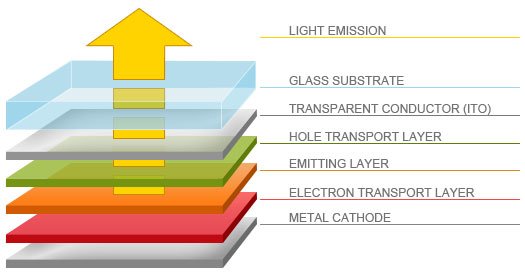WHAT IS QLED?
CES 2017 kicked off today and Samsung has everybody talking about their new QLED televisions. With yet another display format hitting the market, the best way to explain QLED is to look at the evolution of the flat screen.
Plasma
Now considered a dead technology, plasmas set our expectations for what black should look like on a screen. Plasma TVs worked by passing electrical currents through ionized gas (plasma) essentially turning specific pixels on and off. Since certain pixels could be off while others were on, it created incredible black levels and did a good job of displaying low light video.
When cheaper and lighter LCD/LED televisions hit the market, plasma sales fell despite being the superior technology. The introduction of OLED, which can produce images of equal color saturation marked the end of plasma technology.
LCD/ LED
LCD stands for liquid crystal display. Constructed of two polarized sheets with a liquid crystal solution in the middle, LCDs need a backlight to function. Once lit, electrical currents are sent through the liquid causing it to move, acting like shutters, either allowing light to pass through or block the back light. Since the technology isn’t pixel specific, it can’t achieve true black. LCD also struggles to reproduce low light images, has less vibrant colors, can have motion artifacts, and has viewing angle issues.
LED TVs are LCD displays that use LEDs as backlighting. The term was created by Samsung’s marketing department to create hype, but the science is the same.
While LCD/LED televisions don’t create the highest quality image, it is still a very nice picture. The lower price point allows customers to purchase larger screen sizes which is an additional selling feature. LCD/LED technology is by far the most popular television technology.
OLED
OLED stands for organic light emitting diodes and is a mix between the two technologies. OLED TVs have a similar construction to LCDs but they don’t need a back light, which means individual pixels can be turned on and off like plasmas. This produces greater color saturation and the ability to achieve true black. This technology is popular in cell phones due to its brightness and low power usage. OLEDs are significantly smaller allowing for super thin displays. While OLED is superior to LED in every way, quality comes at a price, making OLED TVs much more expensive.
QLED
QLED uses the same technology as OLED but uses a refined metal quantum dot material. This results in a larger color gamut, claims of blacker blacks, and most importantly color saturation regardless of brightness. Typically color gets blown out when the brightness is enhanced, thus appearing white.
There is currently no information on price or release date available on QLED TVs.




